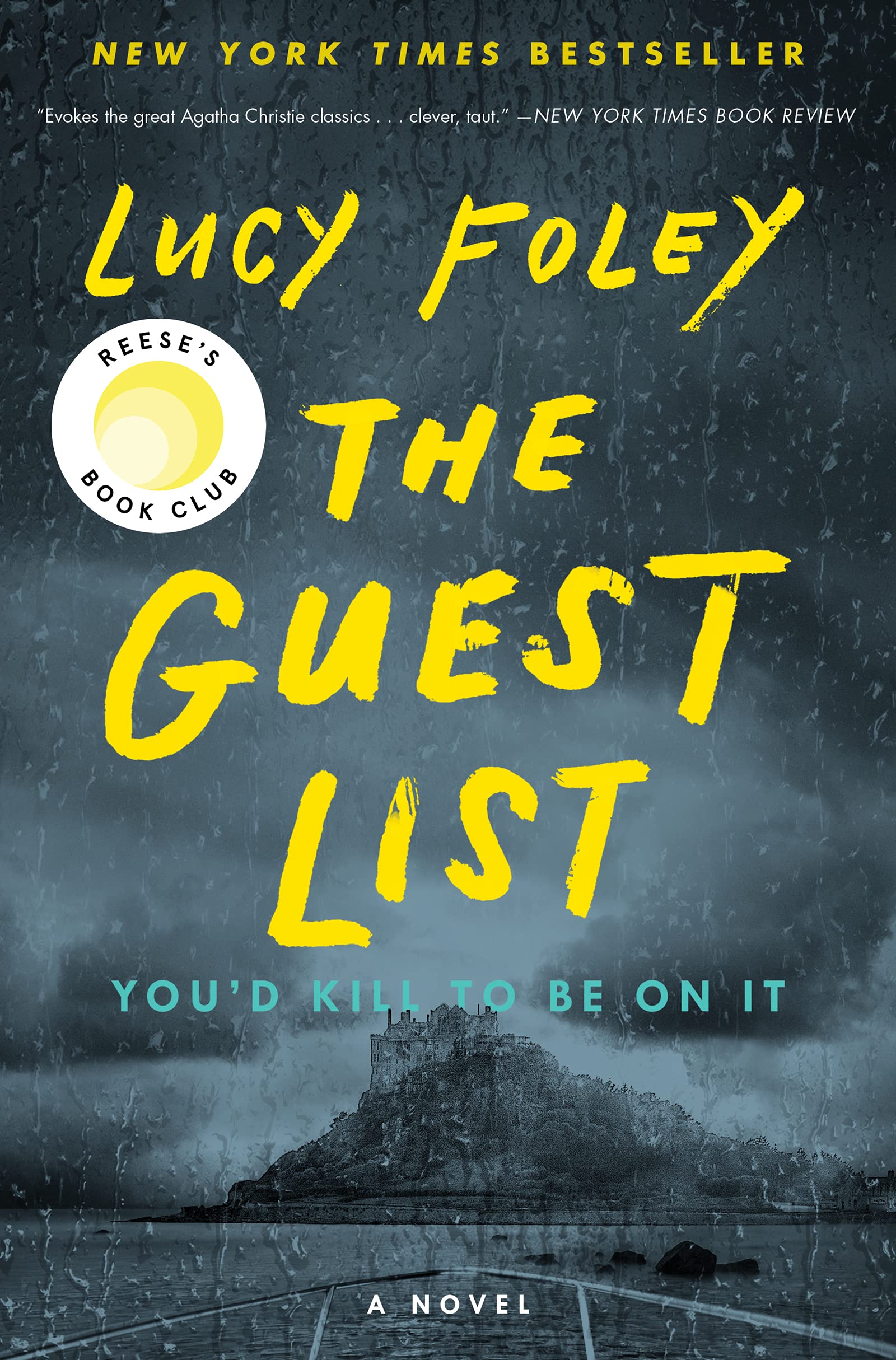Now: The wedding night
byIn the chilling chapter titled The Wedding Night, the once-joyful atmosphere of a celebratory gathering has been consumed by the weight of a terrible tragedy. What should have been an evening filled with joy and love has turned into a haunting tableau of death and disbelief. A group of people stands frozen in shock around a lifeless body, the grim reality of the situation setting in with each passing moment. Femi, a skilled surgeon accustomed to life-and-death decisions, bends over the body with a professional calmness, desperately searching for any sign of life. His fingers move swiftly, checking for a pulse, listening for breath, but the body before him remains cold, unyielding to his efforts. The unseeing eyes stare upward, the slack jaw a macabre confirmation of death, and the bloodstain that spreads across the chest is the final, unmistakable marker of the tragedy. The storm howls around them, the noise of the wind almost deafening, heightening the isolation and despair. The powerlessness of the situation weighs heavily on the group, with nothing but the rustling of foil blankets and soft, panicked whispers filling the silence.
In this tense and suffocating atmosphere, the group is so absorbed in the corpse before them that they fail to notice the other figure emerging from the shadows. Slowly, as if summoned by the storm itself, a figure steps forward into the flickering torchlight, their presence sending a ripple of fear through the gathered crowd. At first, the sight is almost surreal—this figure, drenched in blood from head to toe, appears to have stepped out of some dark, ancient myth. The blood is not just a faint trace but a disturbing smear, covering the person’s shirt, dripping from their wrists, and staining their neck and jaw in grotesque fashion. The sight is so jarring, so alien, that it seems impossible for the group to process what they are witnessing. Soft sobs escape the figure’s lips, adding a chilling layer to the scene, but it is the gleaming knife clutched in their hand that steals the group’s attention.
The knife, with its mother-of-pearl handle gleaming in the torchlight, now seems entirely out of place in the context of death and bloodshed. This was not just any blade; it had once served a celebratory purpose, a tool to slice through a wedding cake during a moment of joy. Now, it has been transformed into an instrument of violence, its sharp edge soaked in blood, marking the shift from joy to horror. The contrast between the blade’s elegance and the grisly scene it now signifies is stark, making the group freeze in place, unsure of how to react to what they are witnessing. The knife’s sinister presence serves as an unwelcome punctuation to the night’s disastrous turn, an undeniable symbol of how quickly everything can spiral from light into darkness.
As the figure stands before them, the group slowly begins to realize who it is, but the image before them is so grotesque that it seems almost impossible to reconcile with the person they once knew. The transformation in the figure is more than physical—this is someone who has been irrevocably changed by the events that have unfolded. The bloodstains on their clothes and the knife in their hand speak to something much darker than anyone could have imagined, a revelation that throws the group into a state of confusion and fear. They begin to piece together the events, trying to understand what happened, but there is an unspoken understanding that things have gone far beyond a simple tragedy.
The emotional weight of the moment grows heavier as the figure, still sobbing, begins to speak, their words breaking the heavy silence. But each word seems like a cruel confirmation that this was no accident, no moment of misguided chaos—it was deliberate, planned, and executed with a coldness that chills the heart. The group, still in shock, now faces the daunting realization that this tragedy is far more complex than they had initially thought. They are not just witnesses to an unfortunate death but are now entangled in a web of emotions, guilt, and consequences that stretch far beyond the present moment.
The storm outside intensifies, reflecting the turmoil within the group and the figure before them. As rain lashes against the walls and wind howls through the cracks, it seems as though nature itself is bearing witness to the terror that has unfolded. The bog beneath them, dark and silent, stands as a grim reminder of the grave they now find themselves in—both metaphorically and literally. Will they be able to make sense of the night’s events, or will this moment of horror leave them shattered forever? The rain, relentless and unforgiving, mirrors the grief that begins to settle over the group, a grief that will not be easily dispelled.
As the figure continues to stand in front of them, the realization of their connection to the death of the body in the center of the group becomes clearer. There is a sense of finality in the air, a sense that something has been irrevocably broken, and the truth, however painful, is now unavoidable. The group is forced to confront their own role in the tragedy and the way their relationships have been shaped by secrets and lies. The dark night, the howling storm, and the bloodstained figure are all part of a larger, more intricate story that has yet to fully unfold. The question that lingers is not just about the fate of the figure, but the future of the group—their ability to move past the night’s events or be forever marked by the choices that were made.


